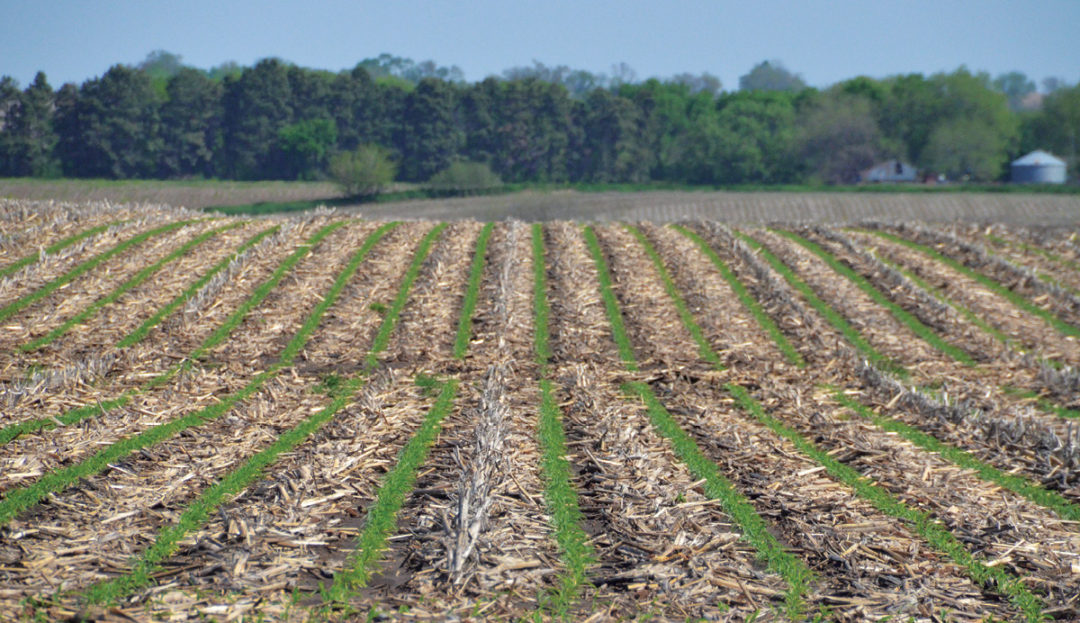No-Till Farmer
Get full access NOW to the most comprehensive, powerful and easy-to-use online resource for no-tillage practices. Just one good idea will pay for your subscription hundreds of times over.

Building confidence in a strip-till system can come through a variety of avenues — utilizing cover crops to strengthen soils, refreshing fall-built strips with a spring pass to create an ideal seedbed, or variable-rate applying fertilizer with a strip-till rig for more efficient placement and usage of nutrients.
All three of these practices saw growth during the last year, according to the 3rd Annual Strip-Till Operational Benchmark Study. A record 416 farmers from 22 states and Canada, who identified themselves as strip-tillers, responded to the 36-question survey issued by No-Till Farmer’s sister publication, Strip-Till Farmer.
Analysis of the 2016 study that evaluated 2015 cropping practices revealed the continuations of several fertilizing, seeding and precision technology trends, but also showed some more specific variances in strip-tillers’ cover cropping and fertilizer application strategies.
But the end goal of developing a comprehensive strip-till system continued to yield positive results, with strip-tilled corn averaging 191 bushels per acre, consistent with the 2015 study, and strip-tilled soybeans averaged 57 bushels per acre, up 3 bushels from last year’s results.
In the following pages, we compare and contrast the cropping practices, equipment and technology strip-tillers are utilizing in their operation, while also investigating the techniques and tools the top strip-tillers are putting to work.
We also crunched the numbers on the top 10% of respondents by corn yield (average of 243 bushels per acre) and soybean yield (average of 64 bushels per acre) to see what strategies are separating them from the pack.
…